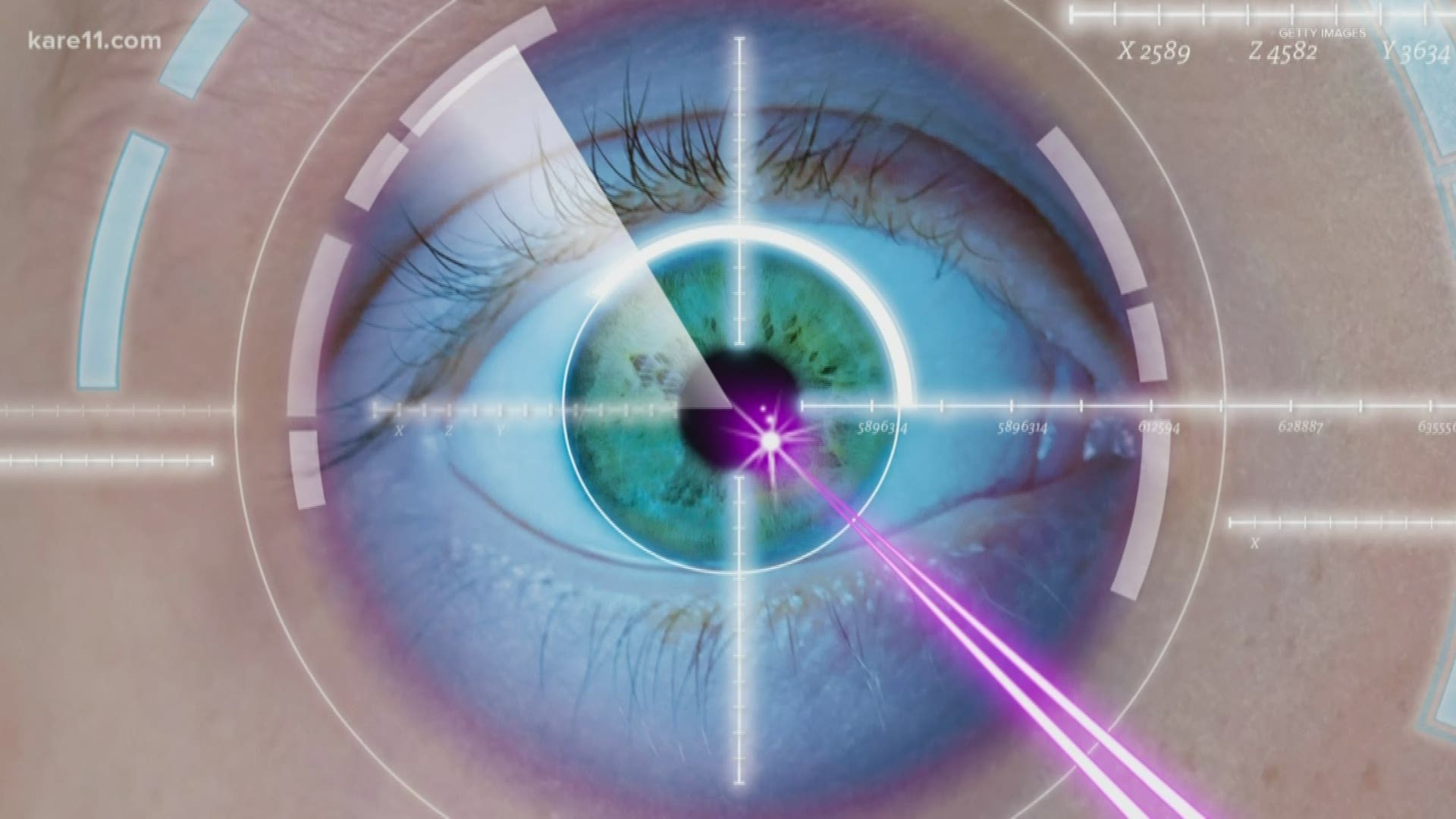ST. LOUIS PARK, Minn. — Our eyes go through many changes during a lifetime. A common affliction is a cataract, which usually starts to occur after age 60.
"The natural lens of the eye starts to get cloudy and it's typically related to age," says Dr. Hans Grinager, ophthalmologist at Park Nicollet Eye Clinic. "It really will affect everybody if they live long enough."
UV light exposure is a main risk factor.
"There is really no pain or redness of the eye. The only real symptom is visual changes like the blurry vision and then the night-time glare and halo," Dr. Grinager says.
A lot of times, ophthalmologists like Dr. Grinager just observe cataracts.
"Maybe just update their glasses prescription and that will improve their vision enough to function," says Dr. Grinager.
No medicines can cure cataracts, so if updating a prescription doesn't help vision, surgery is the only option. It's actually the most commonly performed surgery in America, with over 3 million per year. It only takes about 10-15 minutes, with laser assistance helping certain parts of the operation.
"The procedure is more automated and more precise. The laser can help break up the cataract so it's more easy and gentle to remove it," Dr. Grinager says.
The patient recovers for 20 minutes before going home. The following day, they need come back for a check-up. Full healing takes about a month and that's when the patient's glasses prescription will be updated.
"The surgery will restore their vision. And the nice thing is, a lot of the times we can get them a lot less dependent on glasses after surgery," Dr. Grinager says.
A big concern when it comes to eyes these days is screen time, of course. Dr. Grinager says screen time actually doesn't affect cataracts.

